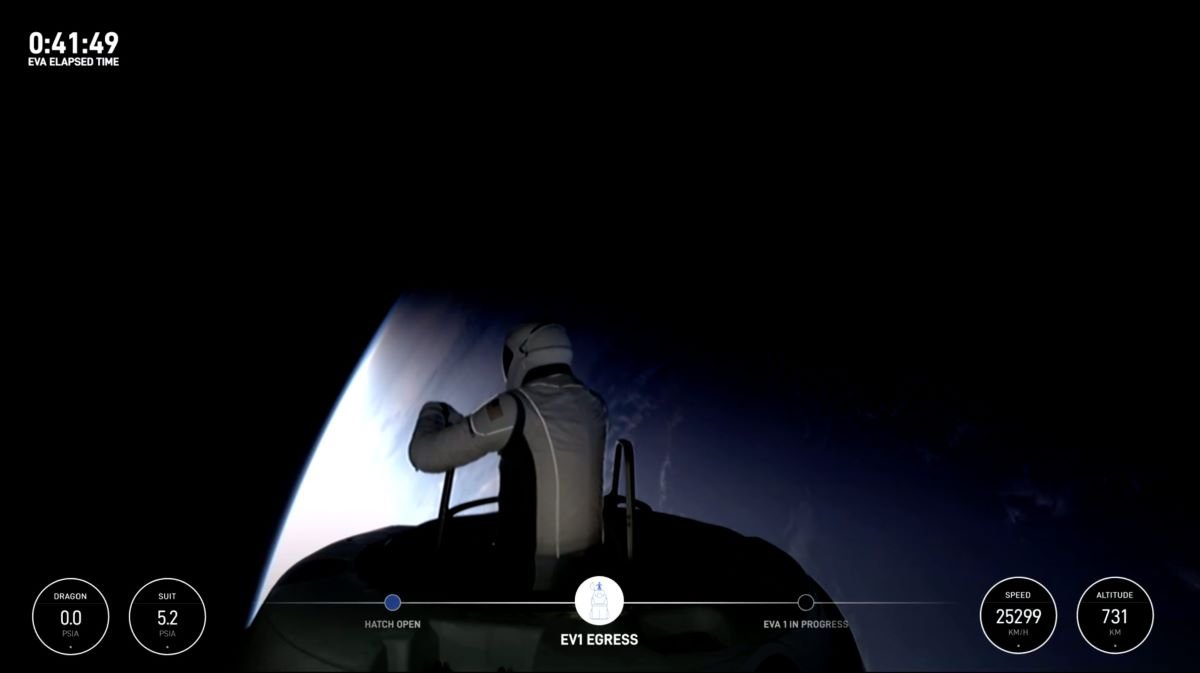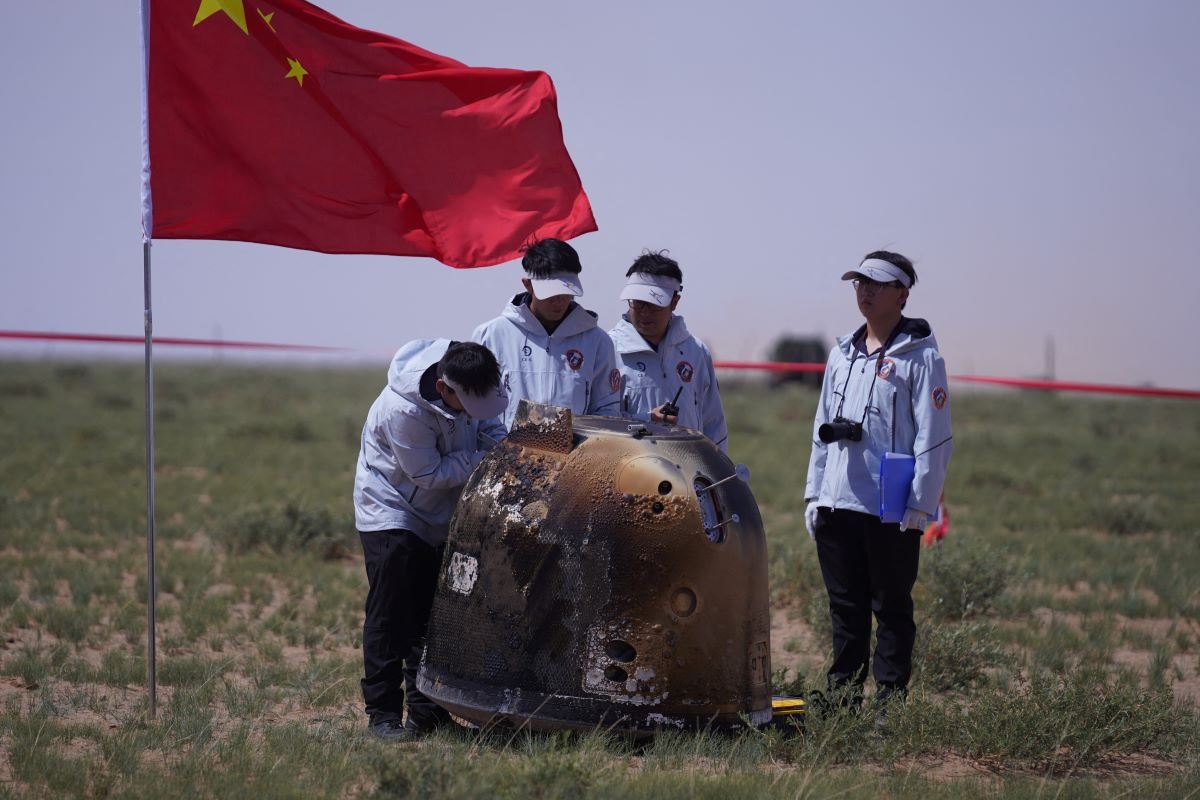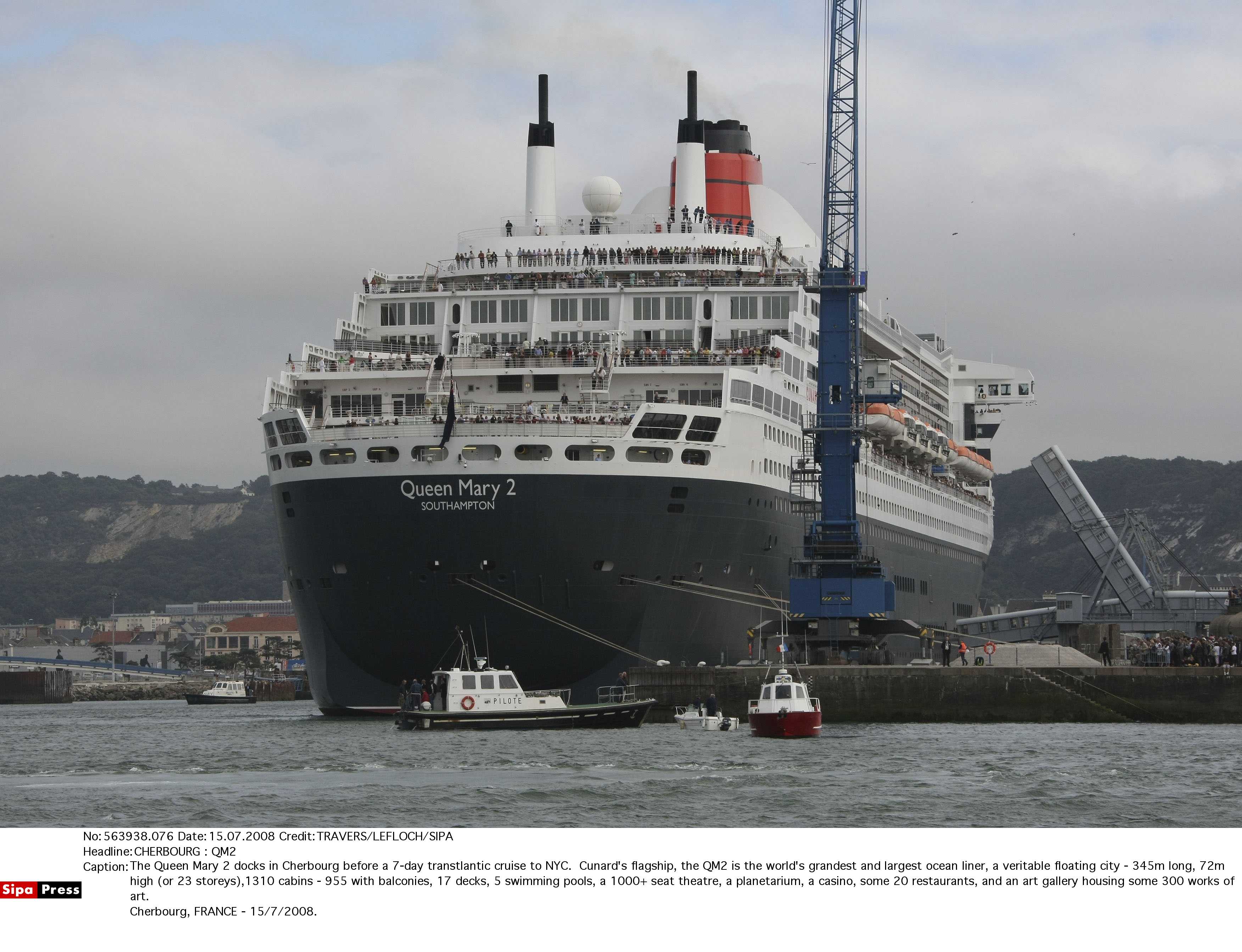2024 was a year of extraordinary advancements and challenges in the space industry, marking a pivotal chapter in humanity's journey to becoming a spacefaring civilization.
With plans for a return to the moon in 2027 and missions heading for Mars in a decade or so, the industry's ambition and capability are growing at an impressive pace.
From groundbreaking technical feats to addressing environmental concerns and even some memorable mishaps, these five milestones stood out.
1. SpaceX's Starship Booster Catch Makes History
On October 13, SpaceX stunned the world with its successful "chopsticks maneuver" that caught the Super Heavy booster from the Starship rocket mid-descent, using the launch tower's mechanical arms.
The dramatic feat occurred just minutes after launch from the Starbase site in South Texas. The precision engineering behind the maneuver is being hailed as a transformative step in reusable rocketry.
"This is absolutely insane! On the first-ever attempt, we have successfully caught the Super Heavy booster back at the launch tower," Kate Tice, SpaceX's manager of quality Systems Engineering, said during live commentary on the event.

2. Polaris Dawn's Record-Breaking Mission
The privately funded Polaris Dawn mission launched on September 10 and broke new ground in space exploration.
Led by tech entrepreneur Jared Isaacman, the SpaceX mission set an altitude record for orbital flights and had the first commercial spacewalk. Using upgraded extravehicular activity suits designed by SpaceX, Isaacman spent 10 minutes outside the Crew Dragon capsule while orbiting at altitudes between 118 and 460 miles.

3. Chang'e-6 Returns Lunar Samples From the Moon's Far Side
China solidified its status as a lunar exploration leader with the successful Chang'e-6 mission, which returned samples from the moon's far side on June 25.
This groundbreaking effort marked the first time scientists have been able to analyze material from this mysterious region. Early studies revealed that the samples are looser and more porous than those from the near side, offering new insights into lunar geology.
Beyond the scientific and technical achievement, the mission secures China's place as a competitor with the U.S. in the race to return humans to the moon before the decade's end.

4. Japan Launches the First Wooden Satellite
Japan took a creative approach to space sustainability with the launch of LignoSat, the world's first wooden satellite, on November 5.
Designed by Kyoto University researchers, the 4-inch cube is crafted from magnolia wood using traditional techniques. It offers a novel solution to the rising problem of space debris. By ensuring that satellites burn up entirely during reentry, this innovation reduces the accumulation of harmful metal particles in Earth's upper atmosphere.
"Spacecraft reentries are changing the upper atmosphere," Aaron Boley, an associate professor of astronomy and astrophysics at the University of British Columbia, told Newsweek at the time. "This presents a challenge that must be addressed as humanity continues to access, explore and use space."

5. ISS Astronauts Remain Stuck in Space After Boeing Starliner Troubles
A challenging year for astronauts Suni Williams and Butch Wilmore, as well as Russian cosmonaut Aleksandr Gorbunov, illustrated the unpredictable nature of space travel.
Initially, the plan was for just over a weeklong mission to test Boeing's Starliner spacecraft in June, but technical problems extended their stay on the International Space Station to six months and counting.
A recent announcement from NASA said that Space X's Crew-10 mission, which will replace Williams, Wilmore and other Crew-9 members, will launch no earlier than late March.
Do you have a tip on a science story that Newsweek should be covering? Do you have a question about space? Let us know via science@newsweek.com.




















 English (US) ·
English (US) ·